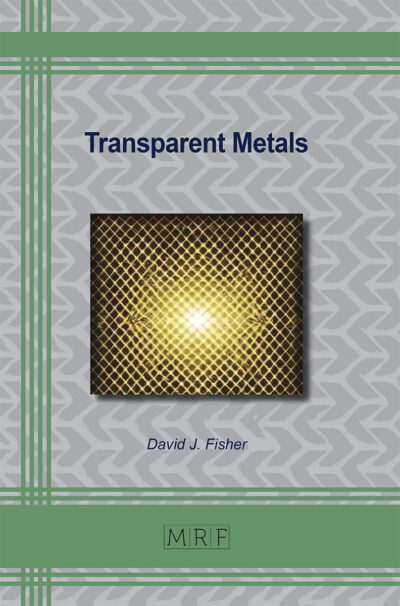Structural damage localization and quantification in cantilever beam structure using modal strain parameters and artificial neural network
Rachid AZZI, Farid ASMA
Abstract. In this study, we proposed a damage identification method in two stages. In the first stage, Strain modal analysis is carried out using the finite element method on the cantilever beam model, and the first four-strain mode shapes are obtained for damaged and undamaged states of the cantilever beam along the length of its middle line. Then, the absolute difference of strain mode shapes and modal strain energy-based damage index are used to determine the damage position along the length of the cantilever beam. For this purpose, several damages are inserted in the finite element model of the beam at different positions to evaluate the performance of this damage indicators. The results obtained showed that the proposed indicators could determine the damage position at any location along the length of the beam. In the next stage, the values of the damage indicators at damaged sites of the beam are used as input parameters to train the artificial neural networks incorporated to predict the damage severity. The results of this study illustrated the accuracy and efficiency of the proposed two-stage damage detection methods for predicting the location and magnitude of damage in a cantilever beam.
Keywords
Strain Modal Analysis, Structural Damage Identification, Artificial Neural Network
Published online 2/25/2025, 10 pages
Copyright © 2025 by the author(s)
Published under license by Materials Research Forum LLC., Millersville PA, USA
Citation: Rachid AZZI, Farid ASMA, Structural damage localization and quantification in cantilever beam structure using modal strain parameters and artificial neural network, Materials Research Proceedings, Vol. 48, pp 20-29, 2025
DOI: https://doi.org/10.21741/9781644903414-3
The article was published as article 3 of the book Civil and Environmental Engineering for Resilient, Smart and Sustainable Solutions
![]() Content from this work may be used under the terms of the Creative Commons Attribution 3.0 license. Any further distribution of this work must maintain attribution to the author(s) and the title of the work, journal citation and DOI.
Content from this work may be used under the terms of the Creative Commons Attribution 3.0 license. Any further distribution of this work must maintain attribution to the author(s) and the title of the work, journal citation and DOI.
References
[1] A. Philips Adewuyi and al. Assessment of Vibration-based Damage Identification Methods Using Displacement and Distributed Strain Measurements. Structural Health Monitoring 8(6).
[2] R. Azzi and F. Asma. Defect Detection and Identification on an Embedded Beam Using Modal Deformation Parameters and the Dempster–Shafer Data Fusion Technique. Lecture Notes in Mechanical Engineering, (2023) 183-194.
[3] Y.Y. Li. Hypersensitivity of strain-based indicators for structural damage identification: A review. Mechanical Systems and Signal Processing 24 (2010) 653–664.
[4] R. Azzi, F. Asma. Damage detection in marine propeller in service. Procedia Structural Integrity 61 (2024) 241–251.
[5] A.S.J. Swamidas and Y. Chen. Monitoring crack growth through change of modal parameters. Journal of Sound and Vibration (1995) 186(2), 325-343.
[6] Y.Y. Li and al. Identification of damage locations for plate-like structures using damage sensitive indices: strain modal approach. Computers and Structures 80 (2002) 1881–1894.
[7] L.H. Yam and al. Sensitivity studies of parameters for damage detection of plate-like structures using static and dynamic approaches. Engineering Structures 24 (2002) 1465–1475.
[8] Daniele Zonta. A Strain-flexibility-based Approach to Damage Location. Key Engineering Materials Vols. 245- 246 (2003) p.p. 87-96. https://doi.org/10.4028/www.scientific.net/KEM.245-246.87
[9] Zhi Xin Tan and al. Damage detection in steel-concrete composite bridge using vibration
characteristics and artificial neural network. Structure and infrastructure engineering. https://doi.org/10.1080/15732479.2019.1696378.
[10] Hooman Nick and al. Damage identification in steel girder bridges using modal strain energy-based damage index method and artificial neural network. Engineering Failure Analysis. https://doi.org/10.1016/j.engfailanal.2020.105010
[11] Hooman Nick and al. Damage identification in steel frames using dual-criteria vibration-based damage detection method and artificial neural network. Structures. Volume 51, May 2023, Pages 1833-1851. https://doi.org/10.1016/j.istruc.2023.03.152
[12] Marius-Vasile Pop and al. Determining the position of two cracks in a cantilever
beam using artificial neural networks. Vibroengineering procedia. Novembre 2022, Volume 46.
[13] L. H. Yam and T.P. Leung, Theoretical and experimental study of modal strain analysis. Journal of Sound and Vibration (1996) 191 (2), 251-260.
[14] Stubbs, N., & Kim, J.-T. (1996). Damage localization in structures without baseline modal parameters. AIAA Journal, 34(8), 1644–1649. https://doi.org/10.2514/3.13284
[15]Tan Z, Thambiratnam D, Chan T, Razak HA. Detecting damage in steel beams using modal strain energy based damage index and Artificial Neural Network. Engineering Failure Analysis. 2017.79:253-62.
[16] Yeung W, Smith J. Damage detection in bridges using neural networks for pattern
recognition of vibration signatures. Engineering Structures. 2005; 27(5):685-98.












